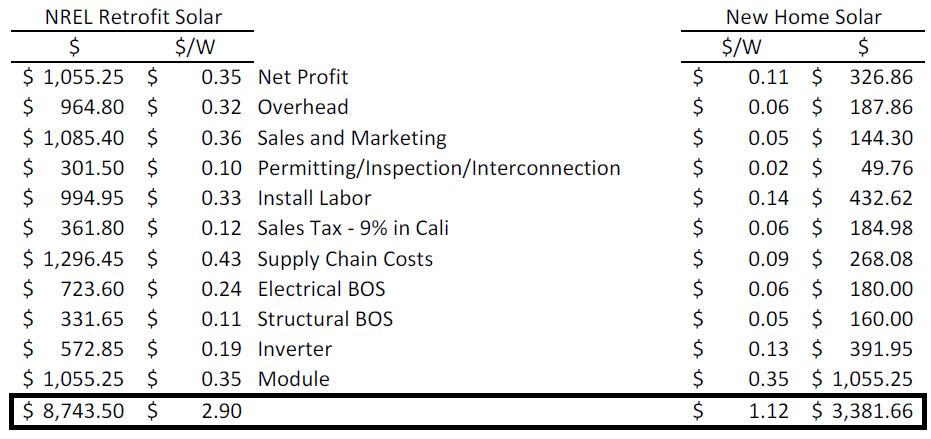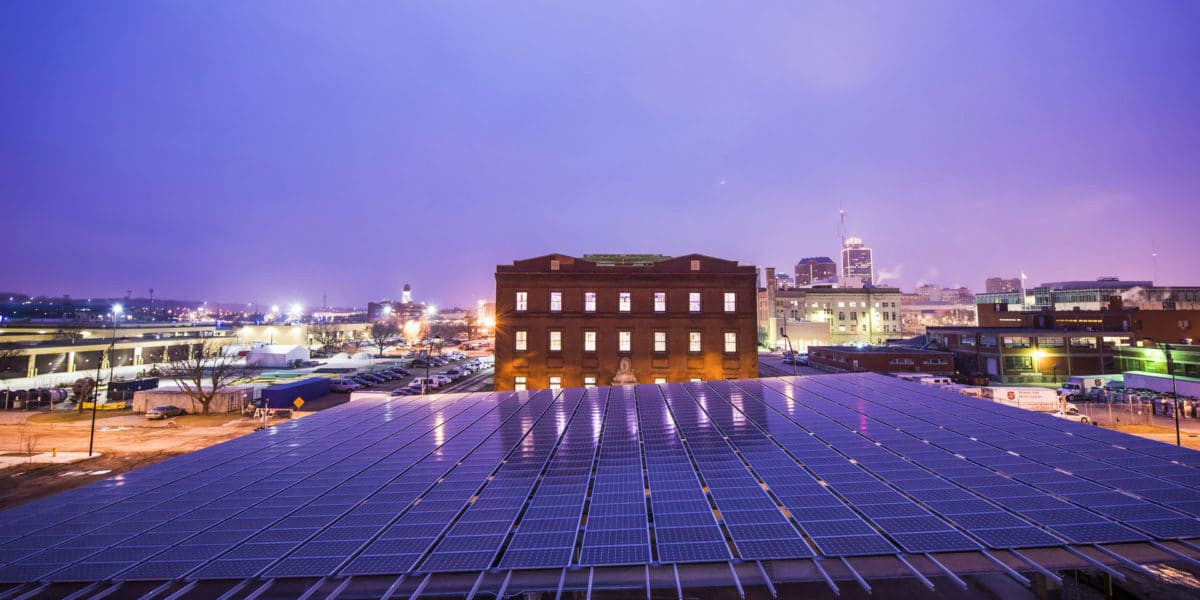Minnesota has updated its distributed generation interconnection requirements to include hardware specifications being developed for a potential national standard. (That would be IEEE Standard 1547™-2018 for Interconnection and Interoperability of Distributed Energy Resources with Associated Electric Power Systems Interfaces.)
These hardware standards will require distributed generation to deploy grid-friendly features such as smart inverters with management of Volt-VAR and Volt-Watt functions to help keep the grid from experiencing significant voltage violations or thermal issues.
The Interstate Renewable Energy Council (IREC), along with others, has been doing the work to set these rules into place since 2016 in Minnesota, and in other markets. They’ve published multiple pieces (this one most recently and this one further back) talking about some of the details of the work in the state, as well the changes coming from these standard adjustments.
In 2018, the state adjusted other aspects of the interconnection process to include rules aligned with national models put forth by FERC: a fast track and detailed supplemental for mid-sized projects; a very simplified process for systems smaller than 20 kW; a pre-application report to gain knowledge about the local grid before going all in on interconnection; plus other changes.
Here’s a Minnesota government link to the various utilities and their interconnection documents.

Generally speaking, soft costs — which include the time needed to fill out interconnection documents unique to every single state — are now equal to or greater than the costs of hardware when installing smaller sized solar power projects. When pv magazine USA wrote about the coming California rooftop solar mandate (only a couple of weeks away), it was these soft costs in the above image that were most cutaway.
We’ve reported on interconnection challenges within other heavy markets like Massachusetts that have led to slowdowns and increased fees. Hawaii has long required that solar power can no longer export electricity to the grid during daytime peak production periods.
Ideal Energy of Iowa built a flow battery solar+storage system for peak shaving with a very low DC:AC ratio, approaching a 1:1 value, because the facility is not allowed to export excess electricity per the interconnection agreement. Ideal Energy noted that getting rid of the export means the interconnection application was faster and cheaper.
This content is protected by copyright and may not be reused. If you want to cooperate with us and would like to reuse some of our content, please contact: editors@pv-magazine.com.









By submitting this form you agree to pv magazine using your data for the purposes of publishing your comment.
Your personal data will only be disclosed or otherwise transmitted to third parties for the purposes of spam filtering or if this is necessary for technical maintenance of the website. Any other transfer to third parties will not take place unless this is justified on the basis of applicable data protection regulations or if pv magazine is legally obliged to do so.
You may revoke this consent at any time with effect for the future, in which case your personal data will be deleted immediately. Otherwise, your data will be deleted if pv magazine has processed your request or the purpose of data storage is fulfilled.
Further information on data privacy can be found in our Data Protection Policy.